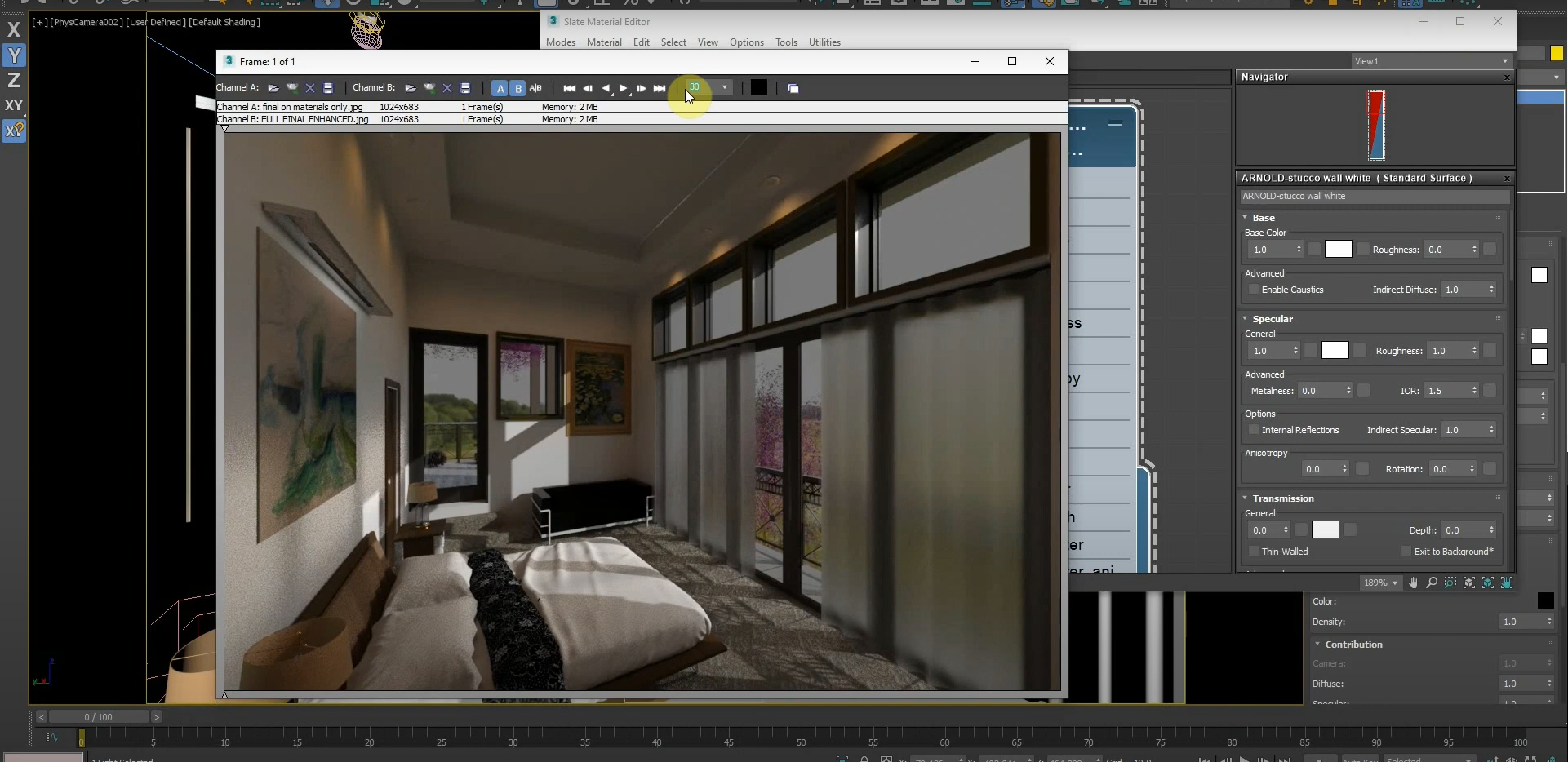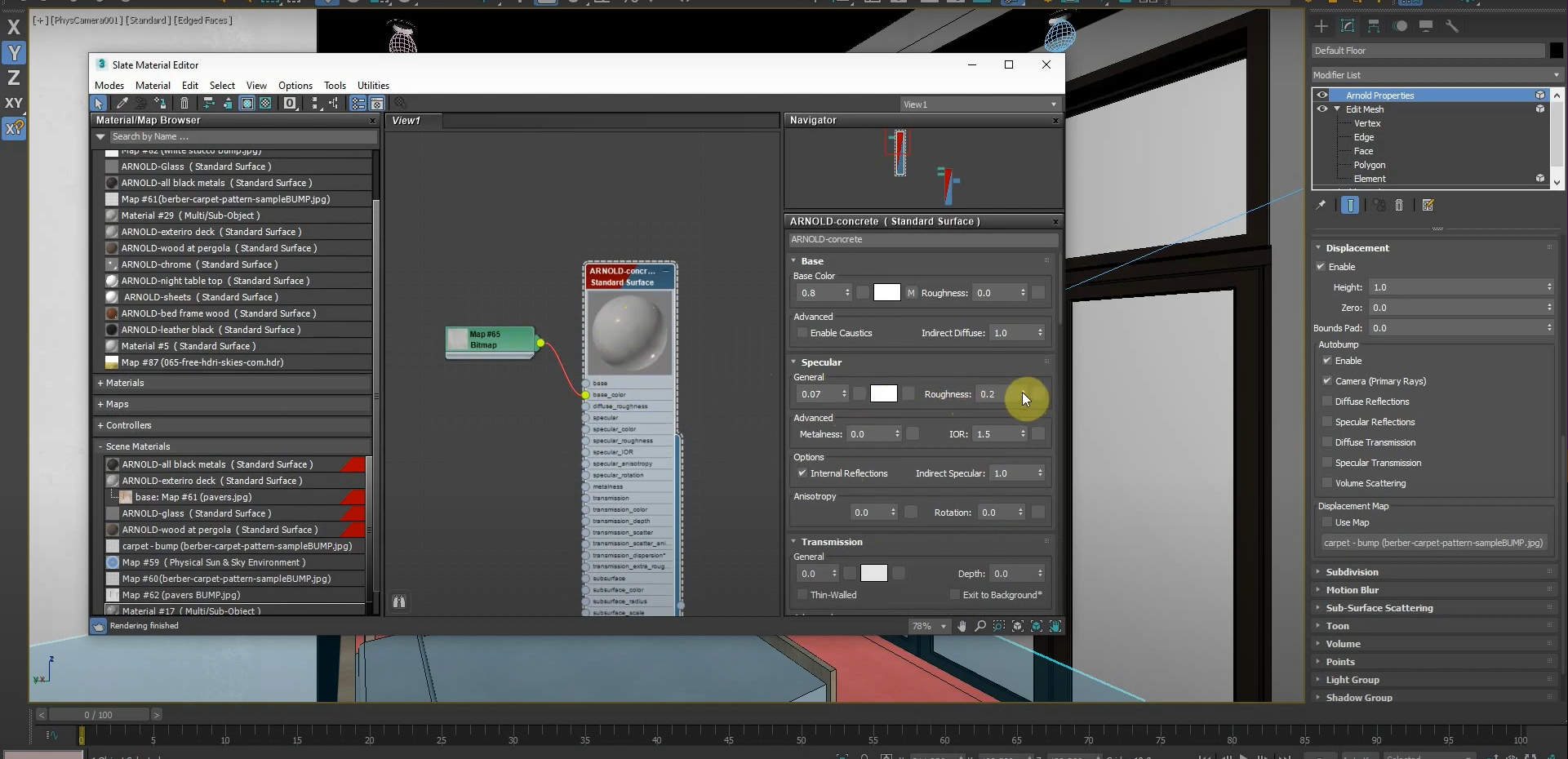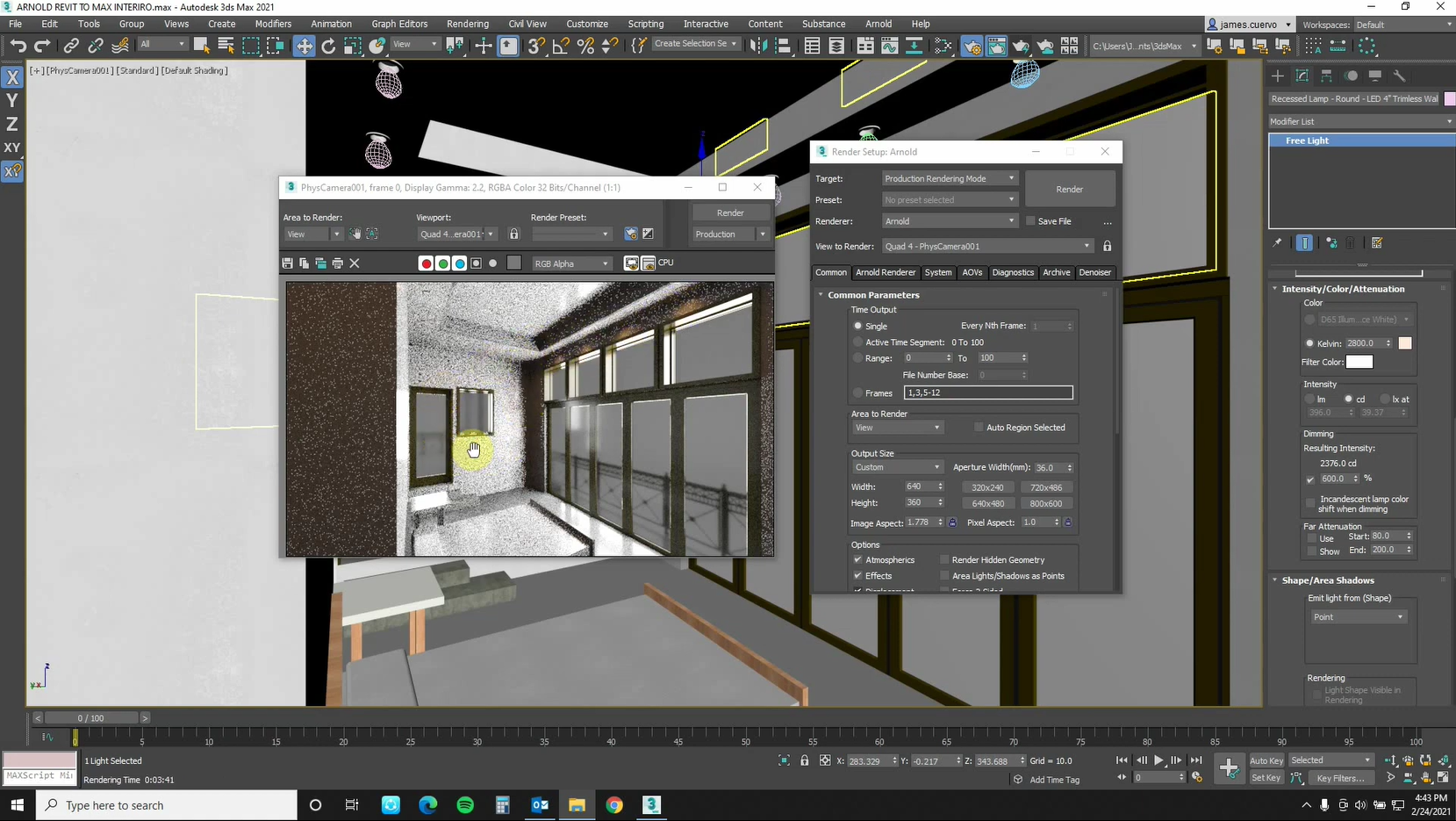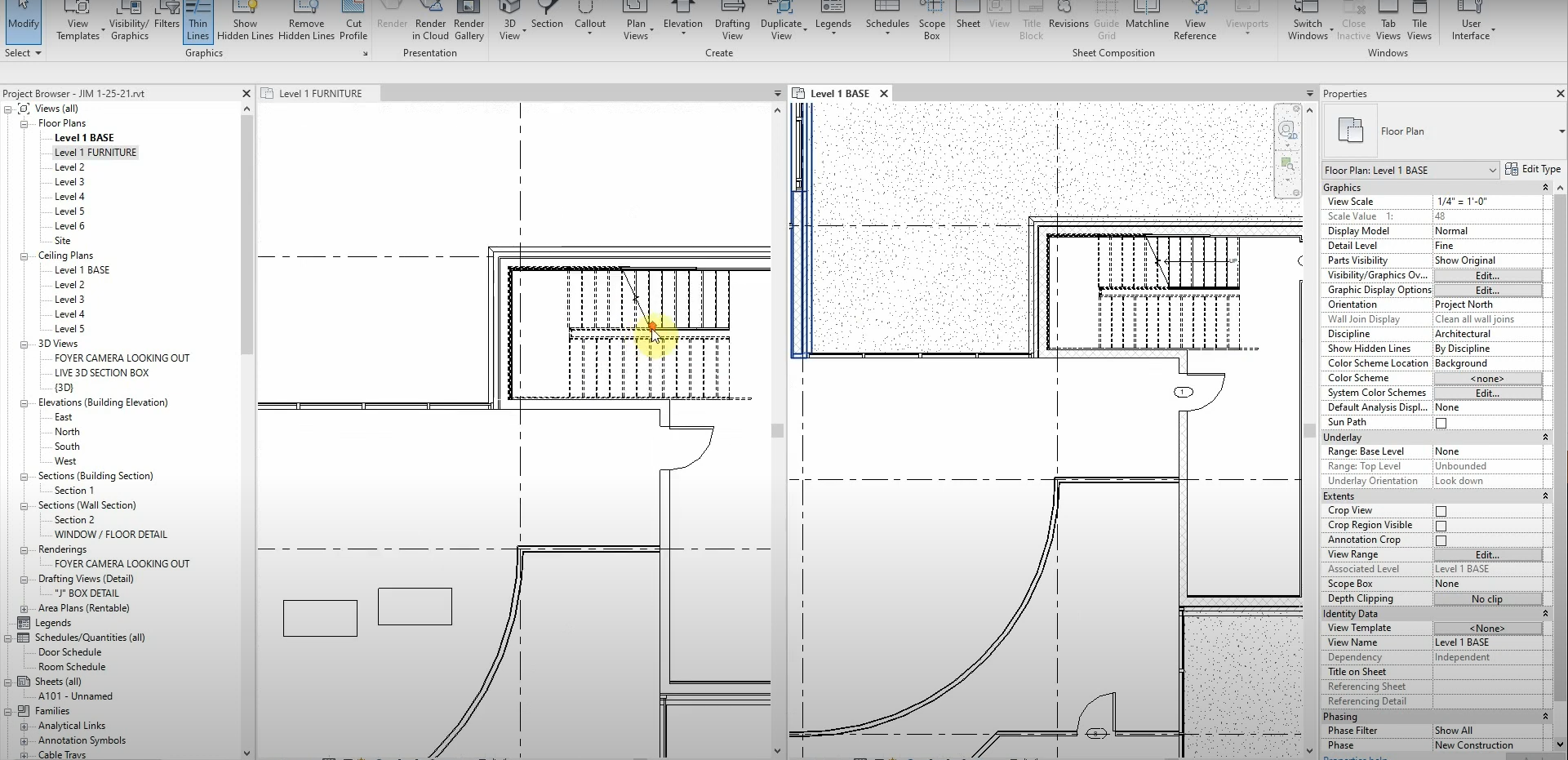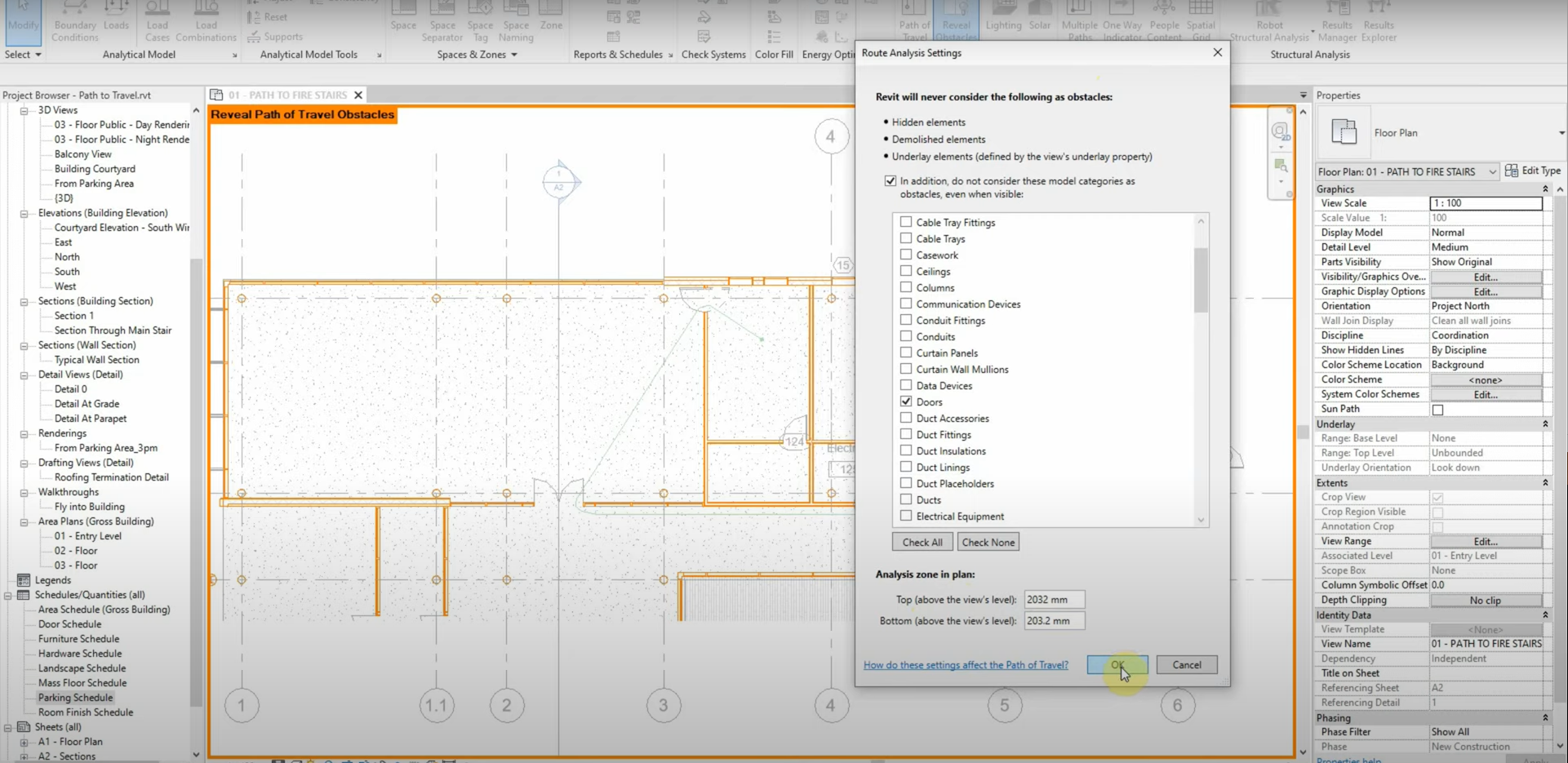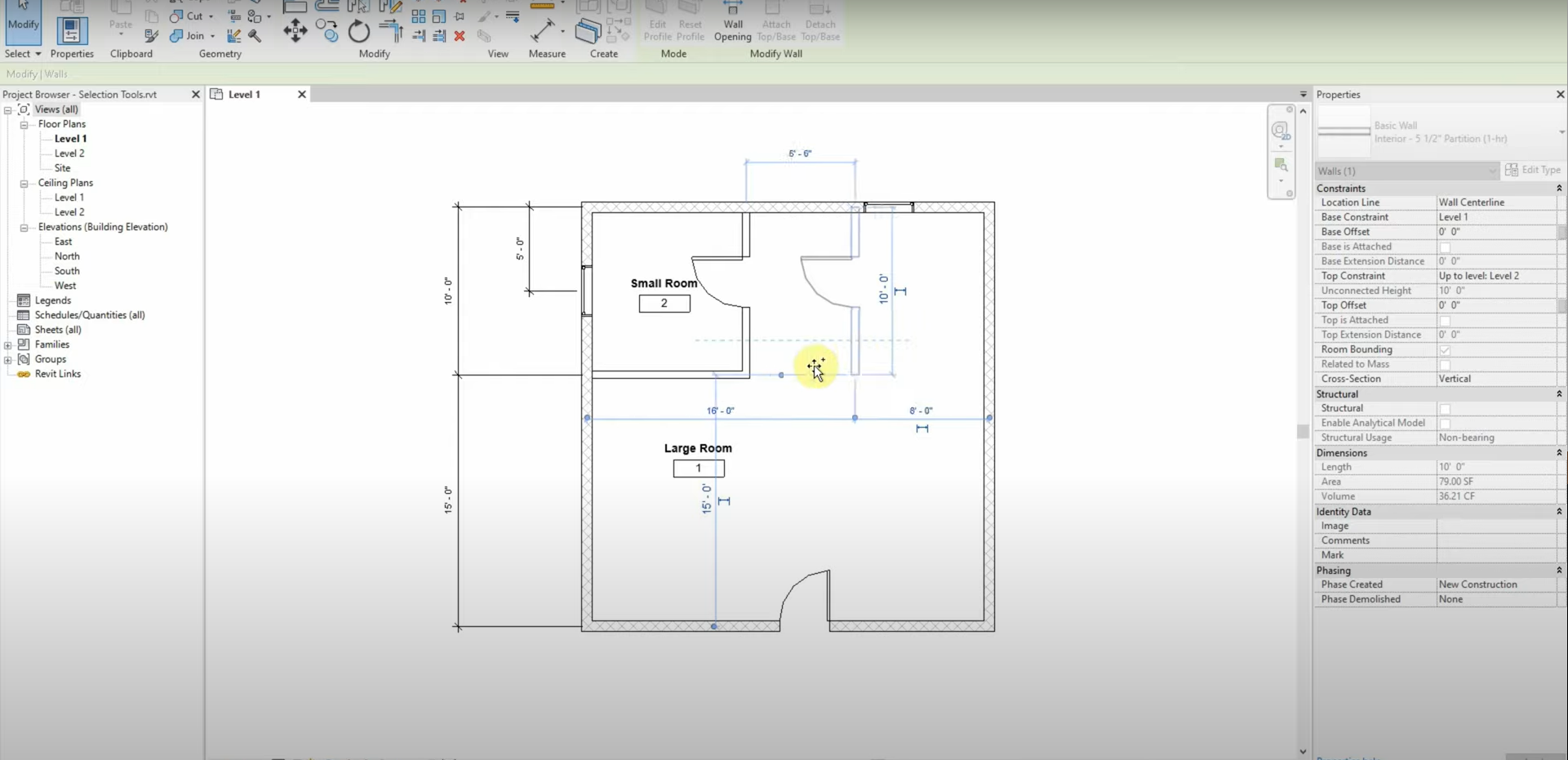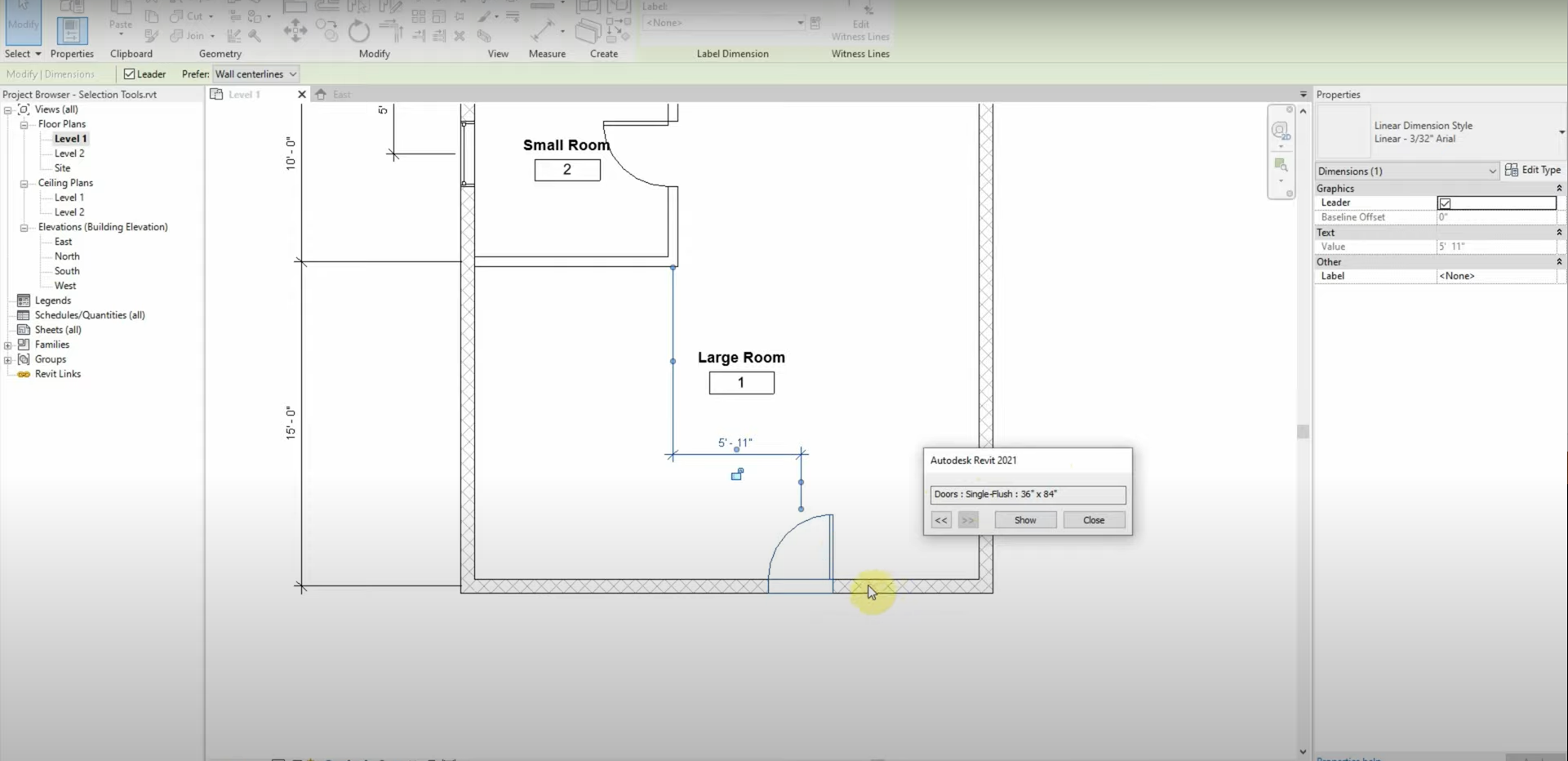Shared Parameters in Key Schedules Workflow in Revit 2022
In Revit 2022, shared instance parameters associated with categories now appear as available fields when creating a key schedule for that category. You can now use shared parameters in families and include the shared parameter in a key schedule to control family parameter values using the key schedule. This new feature will help you save…
Read morePOSTED BY
James Cuervo
Revit to 3ds Max with Arnold Render Workflow – Part 4
This is the final part of our four-part series. Optimizing our render with essential settings is important, especially when using Arnold Render. Likewise, managing the sample values of our lights will make our renders more realistic. Using the .HDR image properly is also important when using the Arnold rendering engine. We can create quick and…
Read morePOSTED BY
James Cuervo
Revit to 3ds Max with Arnold Render Workflow – Part 3
This is the third part of our four-part series. While we could use the materials that are imported with our model and use them with Arnold Render, we can also use Arnold’s native materials and create our renders quicker with 3ds Max. The settings we use for our materials affect object displacements and opacity. In…
Read morePOSTED BY
James Cuervo
Revit to 3ds Max with Arnold Render Workflow – Part 2
This is the second part of our four-part series. Now that we’ve exported our geometry from Revit to 3ds Max, we can begin to fine-tune our lighting. This will set us up for success in subsequent parts of this series that deal with materials and Arnold Rendering. Managing and changing our lights is easy when…
Read morePOSTED BY
James Cuervo
Revit to 3ds Max with Arnold Render Workflow – Part 1
It can be daunting to move our models from Revit to 3ds Max, especially when they have thousands of parts. Luckily, we can break our model down into portions of geometry that can be imported into 3ds Max. The “File Link Manager” in 3ds Max makes this process seamless. The “Arnold” default render engine is used…
Read morePOSTED BY
James Cuervo
View Types in Revit
Working with view types and duplicating views in Revit can be a bit confusing. Each way of duplicating views allows us to efficiently show specific information in our models. This tutorial explores the “How’s and Why’s” of using view types. There are several ways for us to duplicate our views in Revit. For example, standard…
Read morePOSTED BY
James Cuervo
Path of Travel in Revit
Manually calculating the walking distance between rooms can be time-consuming. We can use the “Path of Travel” function to calculate the shortest route between rooms. Walls, openings, and other objects are taken into account and shown with the “Reveal Obstacles” function. We can even change which object categories are considered obstacles and which ones are…
Read morePOSTED BY
James Cuervo
Section Extents & Symbolic Lines in Revit
Revit’s properties panel has an option to change the extents of a building section. The “Far Clip Offset” parameter changes the depth of our sections, and we can avoid dragging the section’s extents manually. When identifying an opening or symbol, we could use model lines and copy them throughout our levels. In order to save…
Read morePOSTED BY
James Cuervo
Select Previous & Drag Copy in Revit
The right-click menu in Revit has many tools that can save us time. One of these functions is called “Select Previous”, and it allows us to select the previous object before our currently selected object. Likewise, the control and shift keys can be used to drag and copy objects alongside a cardinal direction. These shortcuts…
Read morePOSTED BY
James Cuervo
Temporary Dimensions in Revit
We can reposition dimensions and change objects to match our dimensions with Temporary (Also called “Witness”) dimensions. The grips on these dimensions can be selected and shifted to specific points on their nested objects. Once we turn these temporary dimensions into permanent dimensions, we can lock them and see which families are related to these…
Read morePOSTED BY



